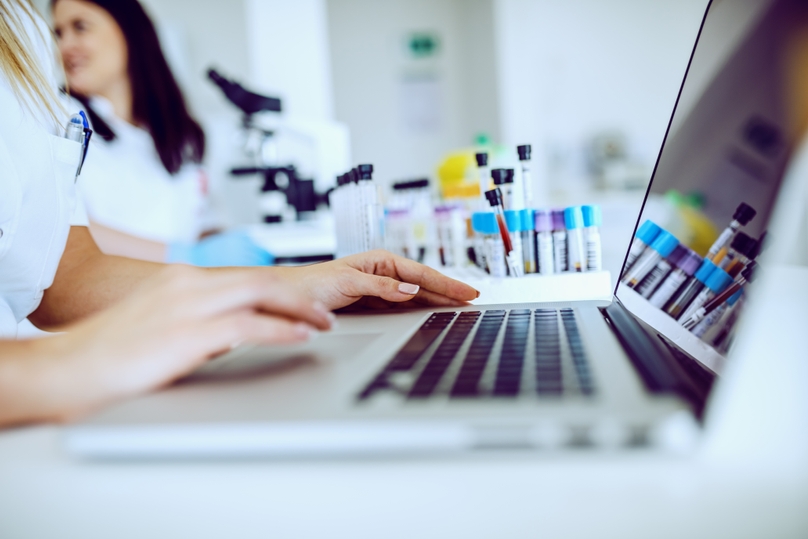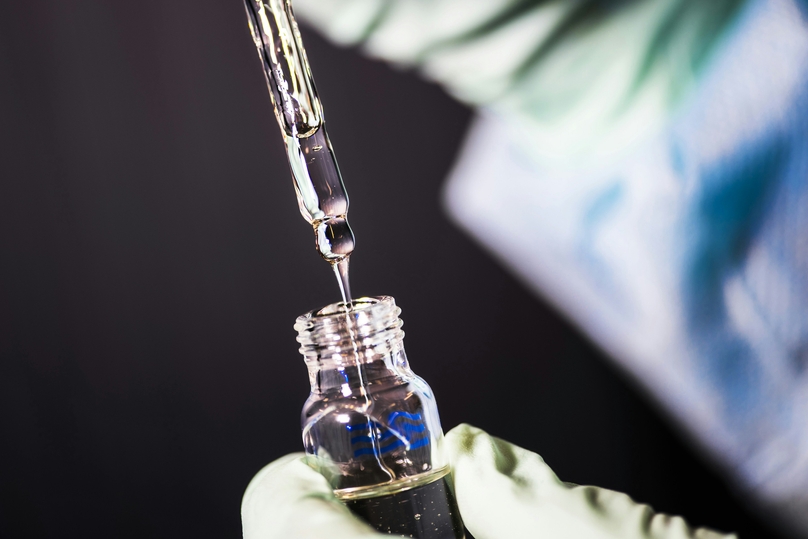How to Write a Lab Report
Laboratory reports are a crucial part of any scientific process. Writing them will help you hone your scientific thinking processes and communication.
The purpose of a lab report is to convey the valuable research you have done, so that other scientists may understand and independently reproduce your results. Lab reports are also valuable for proposing future research or suggesting improvements to current scientific methods.
Lab Report Guidelines
When you are writing a lab report, you need to follow specific editorial guidelines. These are as followed:
- Lab report format: Your document should follow the standard format. It must maintain a font size of 12 throughout. It must be double spaced and include page numbers.
- Lab report style: Typically lab reports are written in the third person, though you may use the first person to avoid overuse of the passive voice. You may use the past tense or present tense as long as you maintain consistency.
Your lab report must contain the following sections:
Title Page
Your title should reflect the content, direction, and emphasis of the report. It reflects the tone of your research and should be well-presented. Your title should be informative. Unless you have been instructed otherwise, your title page should also include:
- Your name
- The date of submission
- The names of your lab partners
- The name or department of your laboratory
- The names of any instructors if applicable
- The signatures of each author
Abstract
The abstract should incorporate and summarize four important aspects of the research or experiment. Make sure that you include enough detail. These are:
- Purpose of the experiment or research
- Key findings from the experiment
- Significance of the experiment
- Major conclusions related to the experimental results
The information included should enable readers to decide if they need to read the full report. The abstract should be written in complete sentences as a single paragraph of 100-200 words.
Introduction
The focus of the introduction section tends to be narrower than that of the abstract. It should be written in your own words and must clearly state the objective of the experiment. Briefly state the topic of the report. The introduction should also include:
- Background information or theory behind the experiment
- More details about the purpose of the experiment
- Description of any specialized equipment used
- Previous research
- Formulas the reader need to know
- Explanation of the experiment’s importance
- Relevant images with sources
Materials and Methods
Your methodology should be concise and accurate. It should include a complete list of procedures followed in chronological order as well as all materials used. In the case of procedures, you may refer the reader to the lab’s standard procedure or lab manual. This section should also include:
- Experimental design
- Methods and materials used
- Any variations to the lab manual or standard procedure
- Relevant independent variable and dependent variable
- Relevant images or screenshots of graphs with sources
Results
In the results section, as well as explaining your findings in written form, in this section, you must include calculations, figures, and tables. Any images or screenshots you use should be clearly labeled. Any raw data can be placed in the appendix, but you should refer to it here if necessary to indicate special features or trends. Be sure to include:
- Numbered and titled graphs and tables
- Statistics
- Data tables
Discussion
This is the most important part of your report. The purpose of the discussion is to briefly describe each key result and key point mentioned in the above section.
In this section, you do not need to refer to figures or tables. You should include expected and unexpected findings that highlight your theory and predictions mentioned in your introduction. Outline any relevant technical elements that may help the reader interpret your data. The discussion should answer the following questions:
- What is indicated by the key findings?
- How does this relate to previous research?
- How does the experimental design relate to similar ones?
- What have you discovered?
- What ambiguities have arisen?
- What conclusions have you arrived at?
- What is the significance of your results?
- What questions do the results raise?
References
The reference section should include the details of all the sources you cited in your report. This enables your readers to find the sources themselves if they need to.
Writing lab reports can be time-consuming and no matter how meticulous you are. And there is always room for error in documentation, which can throw off the whole experiment. Fortunately, there are user-friendly tools you can implement to automate the procedure and make it faster and more efficient.
Digitizing Your Lab Report
Many modern laboratories are upgrading their lab report formats by implementing an electronic lab notebook (ELN). An ELN is a software solution that replaces a paper lab notebook while replicating its format by means of a template.
You can use an ELN to enter methodologies, processes, observations, and results using your computer or other mobile devices. You can also add notes and other data at any time.
Using an ELN is about as easy as using word processing software. The majority of them are very user-friendly so the transition from paper to digital is easy. You can enter the same notes and data as you would in your traditional paper notebook, so you don’t miss any data.
There’s no need to worry about losing documents because you can access your ELN from any internet-connected device, which means you have access to all your reports wherever you are. This also makes sharing with your colleagues very simple. Experimental reports or other documents can also easily be formatted to meet standards and protocols.
ELNs offer multiple advantages over traditional paper lab notebooks. These include:
- Facilitating good management practices
- Consolidating centralized data
- Eliminating the risk of lab reports being lost or damaged
- Eliminating difficult deciphering handwriting
- Saving time creating lab reports and other documents
- Simplifying the sharing of information and documentation with collaborators
- Making it easier to search through data to find specifics
- Allowing users to easily read and understand information
- Creating an easy to track audit trail
- Enabling easy linking to different entries
- Accessing data at any time from any location
- Improving data security
- Enhancing collaboration
- Facilitating inventory management
- Including widgets such as calendars, calculators, and spreadsheets
Some ELNs can also be used to manage inventories of samples, supplies, and equipment as well as keep track of maintenance schedules.
Manage Your Lab Reporting Format with Genemod
Genemod’s project management solution can help you improve your lab’s efficiency and productivity by digitizing your lab reports. By combining your lab protocols, report data, and updates in one synchronized dashboard, we help you optimize your resources and your time.
What’s more, you can speed up your research timeline by implementing our virtual workspace. It allows you to structure, divide, and share your experiments and their data, streamlining collaboration throughout your team. Setting goals and priorities and tracking progress have never been easier.
Contact Genemod today to find out more about how you can revolutionize your research. Our team of specialists is dedicated to helping your organization streamline workflow and throughput while maintaining accuracy and safeguarding data.


















